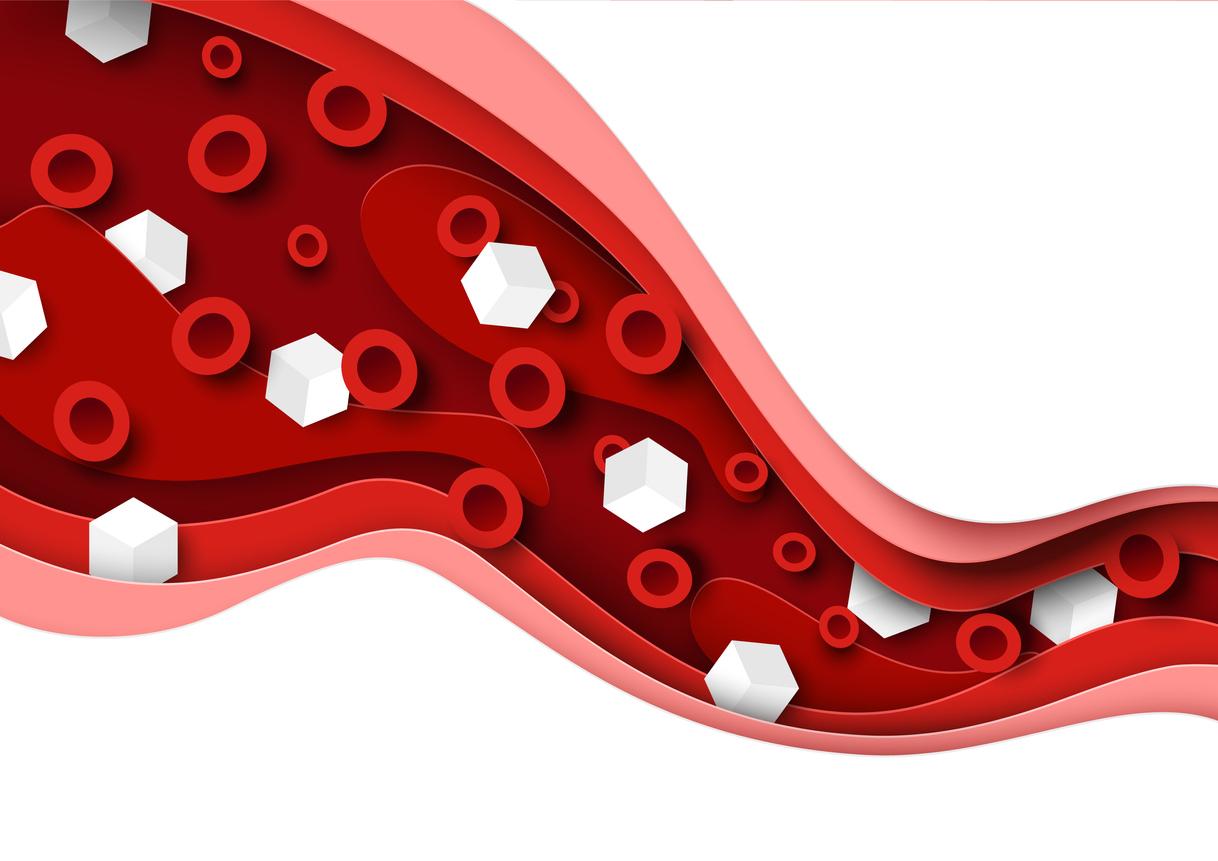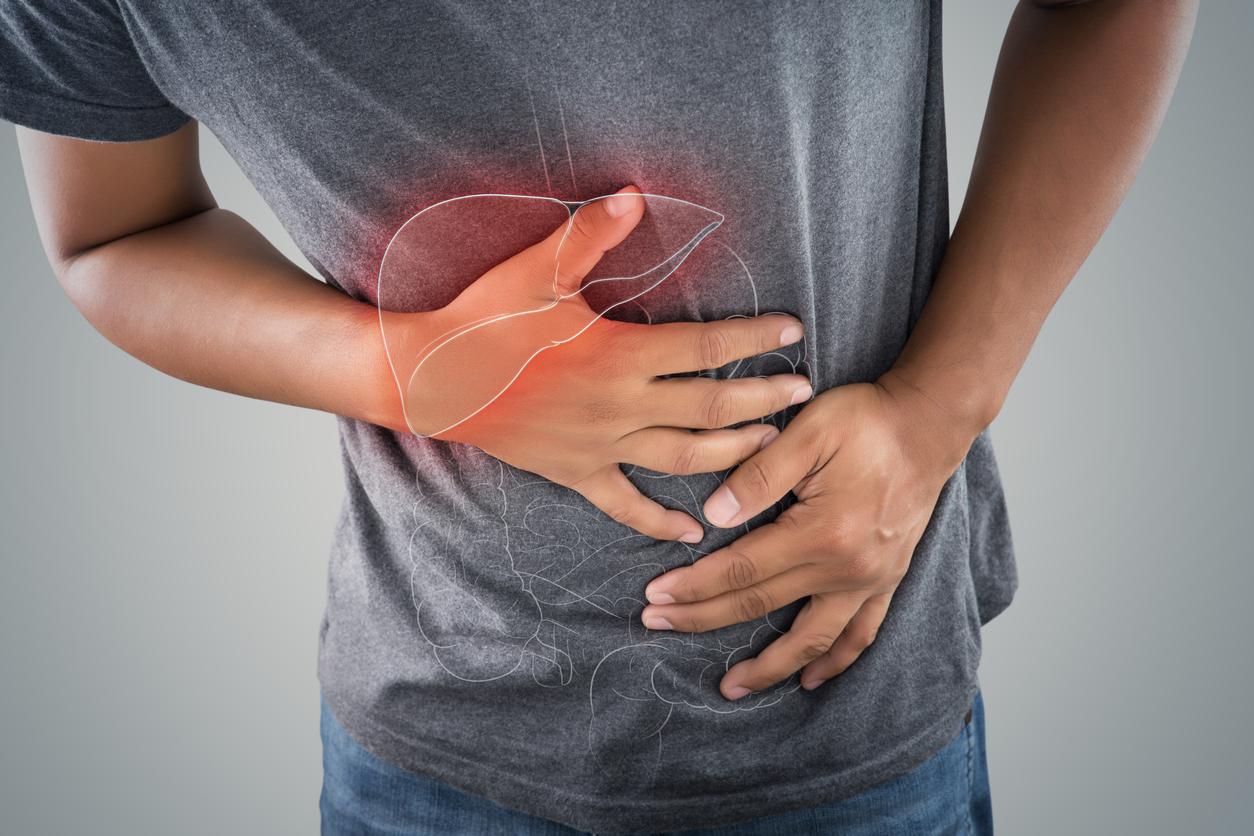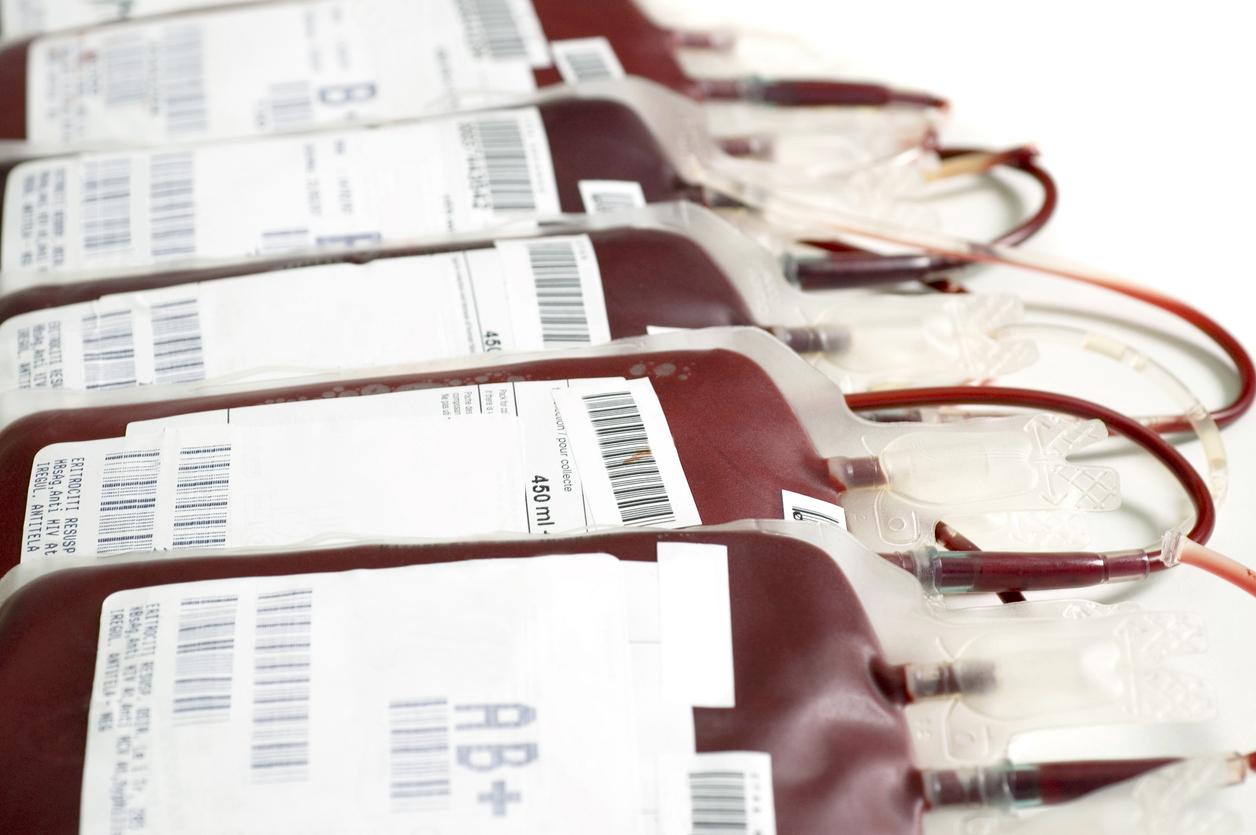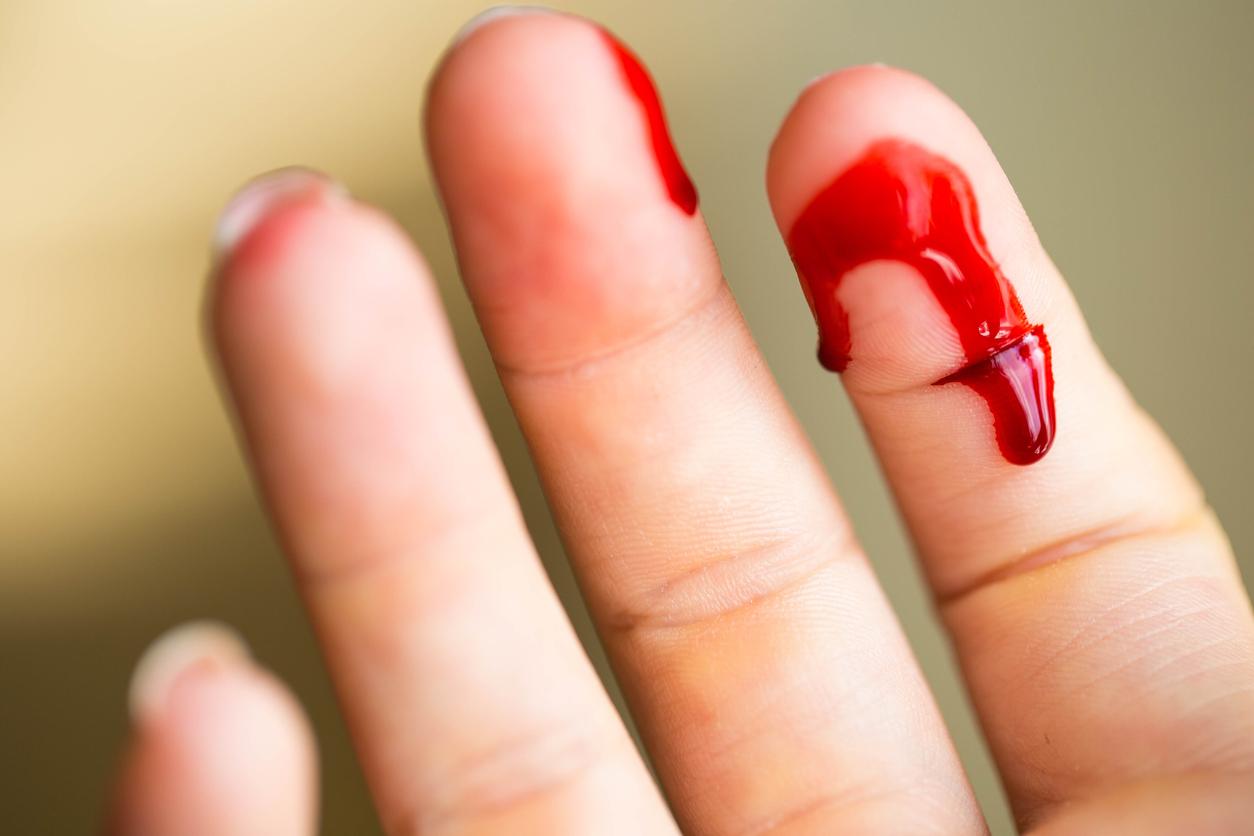
My doctor prescribed me a blood test with a CBC… What does this correspond to? What anomalies can this reveal?
Blood count or CBC, what are we looking for?
The CBC or Blood Formula Count (also called hemogram in medical jargon) quite simply corresponds to a qualitative and quantitative study of certain elements of the blood:
- red blood cells (or red blood cells)
- white blood cells (leukocytes)
- platelets (or thrombocytes): they allow blood to clot when you cut yourself and stop bleeding when a breach appears in a small vessel, thus preventing any bleeding inside the body.
Other parameters related to these elements are also often measured.
For the erythrocyte line (red blood cells), we can measure:
- VGM (mean globular volume): mean volume of red blood cells in a blood sample.
- Hemoglobin level : hemoglobin is a protein found mainly in red blood cells and used to transport oxygen in the body (it gives the red blood cell its red color).
- Hematocrit : volume of red blood cells in relation to the volume of whole blood.
- TCMH (mean corpuscular hemoglobin content): average mass of hemoglobin contained in a red blood cell. TCMH tends to be replaced by CCMH, which is more accurate for detecting anemia.
- CCMH (mean corpuscular hemoglobin concentration): mean hemoglobin concentration contained in 100 ml of red blood cells.
- Reticulocytes : young red blood cells which replace red blood cells at the end of their life.
For the leukocyte line (white blood cells), we can measure:
- Polynuclear neutrophils : their role is to defend the body by fighting against foreign bodies.
- Polynuclear eosinophils : they increase in the presence of an allergen or a parasite.
- Polynuclear basophils : also called granulocytes, they play an important role in the immune system.
- Lymphocytes : they play a major role in the body’s defense against infections (especially in the synthesis of antibodies).
- Monocytes : they take part in the defense of the organism by phagocytizing (by absorbing) the undesirable microorganisms in order to destroy them.
The normal values of the blood count
|
|
Women |
Man |
||
|
Red blood cells (millions / mm3) |
4.2 – 5.2 |
4.5 – 5.7 |
||
|
Hemoglobin (g / l) |
120 – 160 |
130 – 170 |
||
|
Hematocrit |
0.37 – 0.47 |
0.42 – 0.54 |
||
|
VGM (µ3) |
80 – 100 |
80 – 100 |
||
|
TCMH (pg) |
27 – 32 |
27 – 32 |
||
|
CCMH (%) |
32 – 35 |
32 – 35 |
||
|
Reticulocytes (%) |
0.2 – 0.8 |
0.2 – 0.8 |
||
|
Leukocytes (per mm³) |
4,000 – 10,000 |
4,000 – 10,000 |
||
|
Polynuclear neutrophils (per mm³) |
2,000 – 7,000 |
2,000 – 7,000 |
||
|
Polynuclear eosinophils (per mm³) |
40 – 500 |
40 – 500 |
||
|
Polynuclear basophils (per mm³) |
˂ 100 |
˂ 100 |
||
|
Lymphocytes (per mm³) |
1,000 – 4,000 |
1,000 – 4,000 |
||
|
Monocytes (per mm³) |
200 – 1,000 |
200 – 1,000 |
||
The different abnormalities in my blood count
Anemia
THE’anemia is defined by a decrease in hemoglobin level, accompanied by a decreased number of red blood cells. Different parameters (VGM, CCMH, hematocrit, etc.) will make it possible to specify the cause of the anemia: iron deficiency, cancer, inflammatory anemia, etc.
Polycythemia
The polycythemia corresponds to a increased number of red blood cells (therefore a hematocrit and a high hemoglobin level).
This anomaly can be essential with an exacerbated functioning of the bone marrow which produces red blood cells like the disease of Vaquez (disease which appears around 40 years of age for which the cause is not known) which causes itching with hot water, tingling, dizziness .
This anomaly can also be secondary to a tumor or quite simply due to the altitude (decrease in the level of oxygen in the air).
Hyperleukocytosis
Most of the time, the increase in white blood cell count is due to a bacterial infection.
Hypoleukocytosis
The decrease in the level of white blood cells in the blood is mainly due to viral or parasitic infections, certain cancers (leukemia), pathologies of the bone marrow.
Whatever white blood cells are affected, the result is a decrease in immunity.
Hyper eosinophilia
Hyper eosinophilia (increase in eosinophils) should lead to a search for allergic reaction or parasitic infection.
Neutropenia
Neutropenia (decrease in neutrophils) can be caused by infection, taking certain drugs, alcohol poisoning, cancer, cancer treatments (chemotherapy or radiotherapy).
Neutropenia weakens the organism which is then more sensitive to infections.
Lymphopenia
Lymphopenia (decrease in lymphocytes) causes immune deficiency. Lymphopenia can be secondary to leukemia, to taking medications, or to certain viral infections such as AIDS.
Thrombocytopenia
The drop in platelet count leads to a hemorrhagic risk (bruises, nosebleeds, migraine, digestive hemorrhage…).
The causes of this thrombocytopenia are numerous: autoimmune disease, alcoholism, viral infection, medication.
Thrombocytosis
The increased platelet count causes a risk of thrombosis : formation of clots which can block a blood vessel.
The causes of this thrombocytosis are numerous: removal of the spleen, massive hemorrhage, infectious or inflammatory disease, chronic iron deficiency, etc.
















